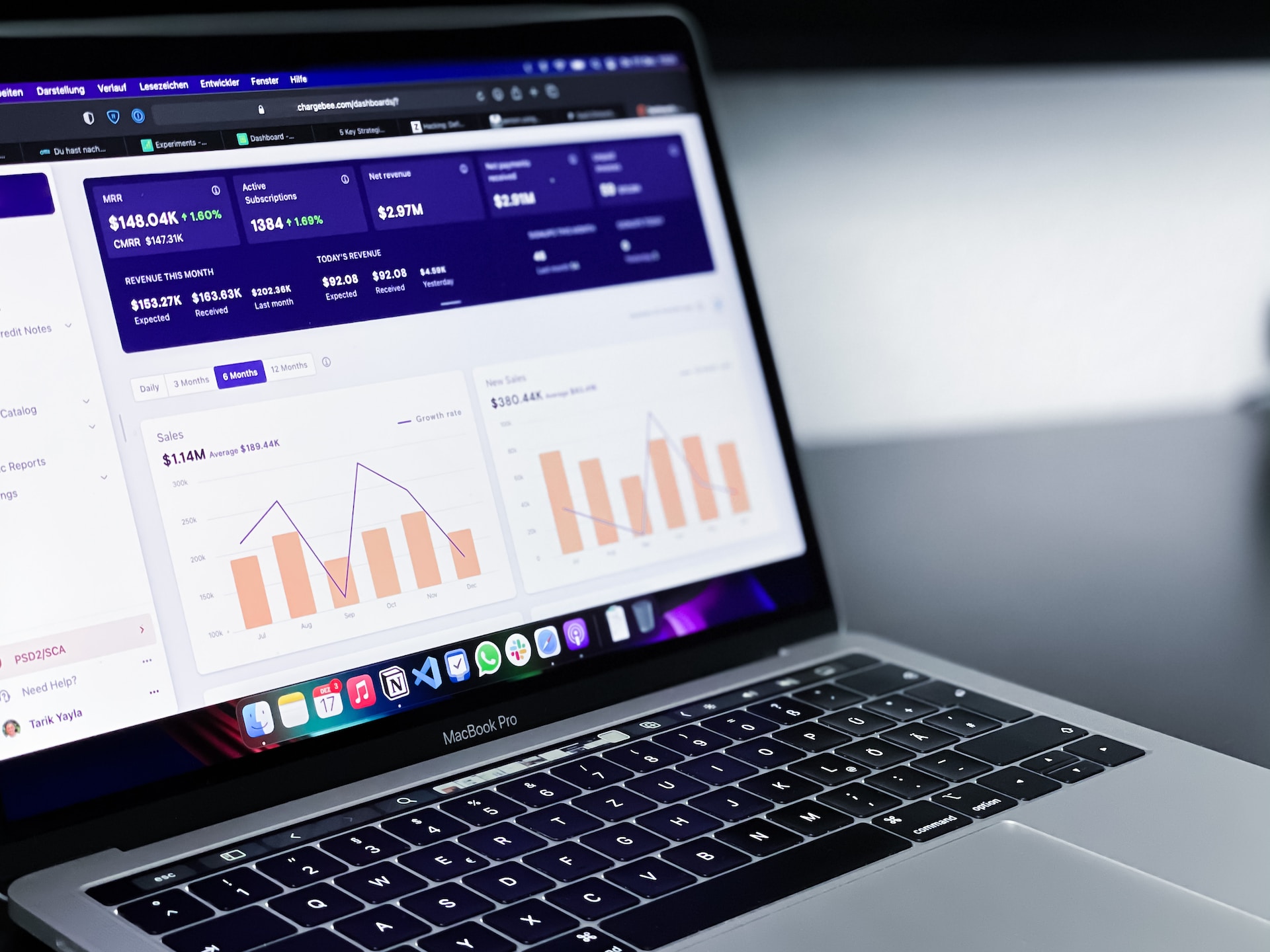Marketing has undergone a significant transformation over the past few years. With the advent of digital media and the rise of social media, advertising has become more data-driven than ever before.
Data-driven marketing is the process of using data to inform marketing strategies and decisions. It involves collecting, analyzing, and interpreting data to understand customer behavior, preferences, and trends.
In this blog post, we will explore how data-driven marketing is transforming advertising and why it is essential for businesses to embrace this approach to stay competitive.
The Rise of Data-Driven Marketing
In the past, marketers relied on intuition and guesswork to create campaigns. However, with the proliferation of digital media, the amount of data available to marketers has increased exponentially.
This has led to a shift towards data-driven marketing, where data is used to inform decisions and strategies. The rise of data-driven marketing has been driven by several factors, including:
- The increase in the amount of data available – With the growth of digital media, more data is available than ever before. This includes data from social media, website analytics, email marketing campaigns, and more. Marketers can now use this data to gain insights into customer behavior and preferences.
- The advancement of analytics tools has become more sophisticated and accessible, making it easier for marketers to analyze and interpret data. These tools can provide insights into customer behavior, preferences, and trends.
- The demand for personalized marketing – Consumers now expect personalized marketing experiences. Data-driven marketing allows businesses to create targeted campaigns that are tailored to the individual customer.
The Benefits of Data-Driven Marketing
Data-driven marketing offers several benefits to businesses. These include:
- Better customer targeting – Businesses can gain insights into customer behavior and preferences by analyzing data. This allows them to create targeted campaigns that are more likely to resonate with their target audience.
- Improved campaign performance – Data-driven marketing allows businesses to track campaign performance and make adjustments in real-time. This can lead to improved campaign performance and a higher return on investment.
- Enhanced customer experience – Personalized marketing experiences can lead to a better customer experience. By using data to tailor marketing campaigns to individual customers, businesses can create a more engaging and relevant experience.
- Increased efficiency – By using data to inform marketing strategies, businesses can reduce waste and increase efficiency. This can lead to cost savings and a higher return on investment.
Data-Driven Marketing Techniques
There are several techniques that businesses can use to implement data-driven marketing. These include:
- Customer segmentation – By segmenting customers based on behavior, demographics, or other factors, businesses can create targeted campaigns that are more likely to resonate with specific segments.
- A/B testing – A/B testing involves testing two versions of a campaign to determine which performs better. By analyzing the results of these tests, businesses can make informed decisions about which campaign to run.
- Personalization – Personalization involves tailoring marketing campaigns to individual customers based on their behavior and preferences. This can lead to a more engaging and relevant experience for the customer.
- Retargeting – Retargeting involves showing ads to customers who have already interacted with a brand. This can be an effective way to bring customers back to a website and increase conversions.
- Predictive analytics – Predictive analytics involves using data to make predictions about future behavior or trends. This can be used to inform marketing strategies and create more effective campaigns.
Challenges
While data-driven marketing offers many benefits, there are also challenges that businesses need to consider. These include:
- Data quality – Data quality can be a challenge, as businesses need to ensure that the data they are using is accurate and relevant.
- Data privacy – With the rise of data-driven marketing, there are concerns about data privacy. Businesses need to ensure that they are collecting and using data in a responsible and ethical manner.
- Data analysis – Analyzing data can be complex and time-consuming. Businesses need to have the right tools and expertise to analyze and interpret data effectively.
- Integration – Data-driven marketing requires the integration of different data sources, such as social media, website analytics, and email marketing. Businesses need to have the right technology and processes in place to integrate these sources effectively.
- Keeping up with changes – The world of marketing is constantly evolving, and businesses need to keep up with changes in technology and consumer behavior. This requires a commitment to ongoing learning and development.
The Future
The future of data-driven marketing is exciting, with new technologies and techniques emerging all the time. Some trends that we can expect to see in the future include the following:
- Artificial intelligence – Artificial intelligence (AI) is already being used in marketing to analyze data and create personalized experiences for customers. In the future, we can expect to see more AI-driven marketing campaigns.
- Voice search – With the rise of voice assistants like Amazon Alexa and Google Assistant, businesses will need to adapt their marketing strategies to optimize for voice search.
- Virtual and augmented reality – Virtual and augmented reality offers exciting new opportunities for immersive marketing experiences. We can expect to see more brands using these technologies to engage with customers.
- Predictive analytics – Predictive analytics will become more sophisticated, allowing businesses to make more accurate predictions about customer behavior and trends.
Conclusion
Data-driven marketing has transformed advertising, enabling businesses to create more personalized and engaging marketing experiences. By collecting, analyzing, and interpreting data, businesses can gain insights into customer behavior and preferences, leading to more targeted campaigns and better campaign performance.
While there are challenges associated with data-driven marketing, the benefits far outweigh the risks. As we look to the future, we expect to see more innovative and exciting uses of data in marketing, driving the continued growth and success of businesses around the world.





